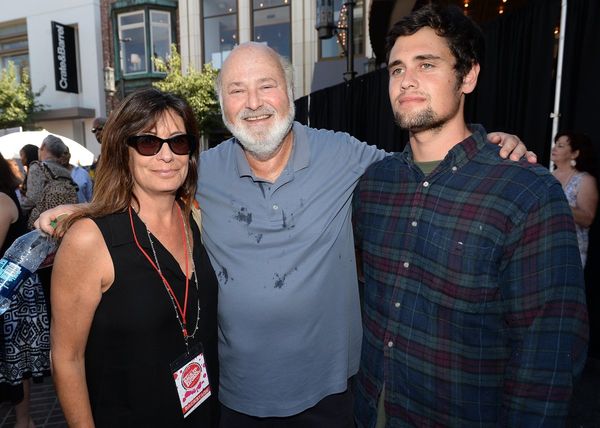
Australia’s eSafety watchdog has asked social media companies to do more to guard children from seeing graphic footage of rightwing activist Charlie Kirk being shot dead.
Kirk, an ally to US president Donald Trump, was killed while speaking on a university campus in Utah on Thursday.
The shocking incident was filmed from various angles and published by multiple people on platforms including TikTok, X (Twitter), and Meta’s Facebook and Instagram.
Hundreds of people were at the event, many of them filming the whole debate, including the moment Kirk – who was talking about gun violence at the time – was shot.
Sign up: AU Breaking News email
In some cases the clips have been published and circulated without any graphic content warning, and in others with inadequate blurring or a censor bar.
The eSafety Commission said it was “engaging with platforms about this material and asking them to apply content warnings and labels to protect children or others who do not want to see it”.
TikTok said it has undertaken a range of measures to remove or restrict the videos. According to its community guidelines, “gory, gruesome, disturbing, or extremely violent content” is banned while footage that shows human blood is restricted to adults and will not show up on its “for you” feed.
“We are saddened by the assassination of Charlie Kirk and send our deepest condolences to his wife, Erika, their two young children, and their family and friends,” a spokesperson said.
“These horrific violent acts have no place in our society. We remain committed to proactively enforcing our community guidelines and have implemented additional safeguards to prevent people from unexpectedly viewing footage that violates our rules.”
The other social media organisations did not respond to requests to comment.
X’s policy is that graphic content can be shared if it is “properly labelled, not prominently displayed and is not excessively gory or depicting sexual violence”.
Meta says it removes “the most graphic content and add[s] warning labels to other types of content so that people are aware that it may be sensitive before they click through”.
In February, Meta was forced to apologise after an “error” saw people’s feeds flooded with gory clips. It said at the time that the error was not related to changes it made to remove factcheckers and reduce censorship on its platforms.
Guardian Australia has seen videos of the Kirk shooting on Facebook and Instagram without any warning labels.
“Following the fatal shooting at Utah Valley University, you may come across online content that is distressing,” the eSafety Commission said in a statement, advising people not to share it, to report it so it is removed, and to report it to eSafety if it is not removed or if it is “seriously harmful”.
“For some of the most graphic material, we are assessing the material to determine what other steps may be appropriate,” the statement said.
“All online platforms have a responsibility to protect their users by quickly removing or restricting illegal harmful material.”
Guardian Australia has asked the Commission what other steps it could take.
A ban on under-16s using social media comes into effect in December when the platforms will have to take “reasonable steps” to deactivate accounts for users under 16, stop them registering new accounts, check their age and prevent workarounds.
However, there are still doubts about the accuracy of age-assurance technology, and whether it is even possible to prevent workarounds.
The Herald Sun reported on Saturday that the eSafety commissioner, Julie Inman Grant, will meet social media companies in the US to discuss the ban. “I just want to make sure that there are no questions about ‘what does good look like?’,” she said.
Earlier in the week she accused the companies of not doing enough to stop images of “the most heinous abuse to children” from being shared online.







